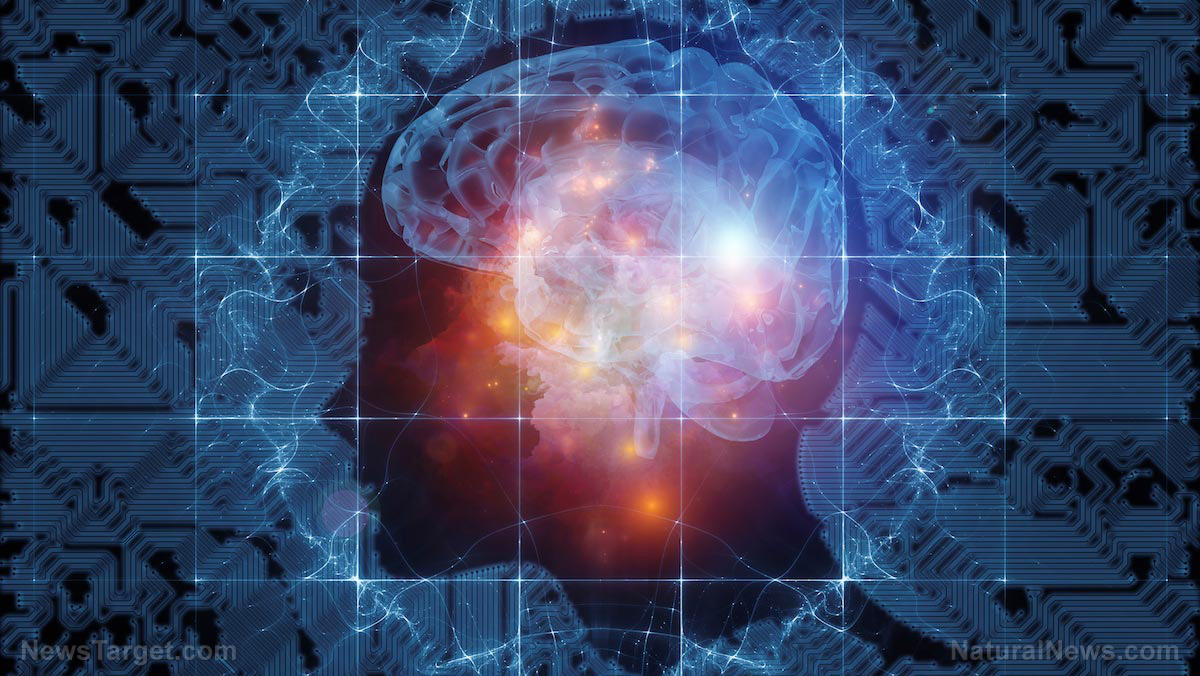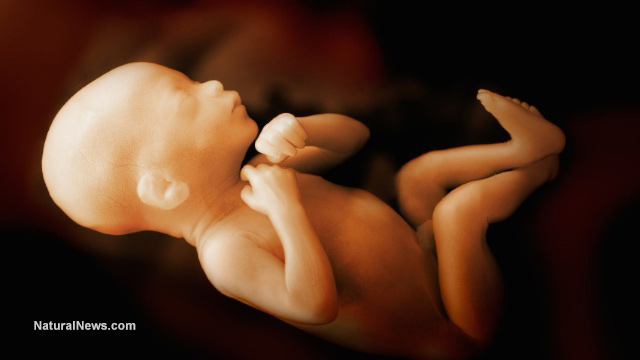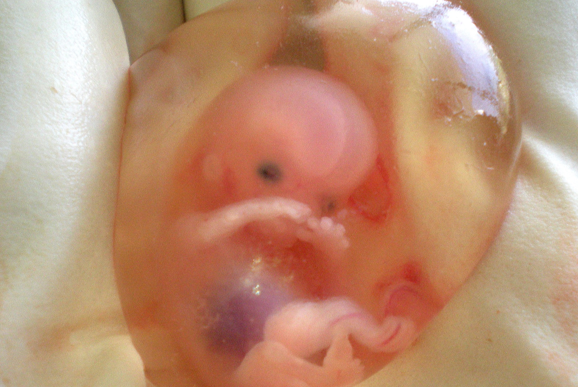Brain actually directs development in embryos, according to new study, blasting arguments that claim early abortion isn’t murder
10/18/2017 / By Isabelle Z.

A new study in Nature Communications shows the earliest known activities of the brain-body interface, and they are much earlier than previously believed.
Just one day after fertilization, the study found that the embryonic brains of frogs start sending signals throughout the body to direct the layout of nerve fibers and muscles. Importantly, the brain performs these vital functions even while it is still developing.
The study of brainless embryos and tadpoles as well as normal ones provides scientists with a new understanding of the signals that help ensure bodies undergo correct development. While scientists were already familiar with the short-rage signals that are passed between nearby cells to help pattern bodies, this study provided the first example of long-range signals.
Tufts University’s Celia Herrera-Rincon and her team of researchers used a simple approach to determine the brain’s influence on the body as it grows: they lopped off still-forming brains in the embryos of African clawed frogs the day after fertilization, long before any independent embryonic activity normally occurs. The embryos can survive and go on to become tadpoles even with their brains missing, a quirk that enables scientists to determine if the brain is required for the development of the body.
They discovered that the brain is indeed quite necessary. It already guides and organizes the behavior of organs long before it matures, and tadpoles without brains show bungled muscle patterns. Typical tadpoles have muscle patterns that resemble a stacked chevron; those without a brain show a very different pattern that does not keep a straight line. Their nerve fibers also grew abnormally, with extra nerve fibers popping up in places they shouldn’t be.
The tadpoles without brains also have more subtle problems in other areas, like their hearts. These issues will be the subject of future research.
The frog’s brain is also believed to protect it from chemicals. For example, a molecule that will bind to some proteins on cells had no effect on typical frog embryos, but in the brainless embryos, it caused their tails and spinal cords to grow crooked. This means that in early development, the brain protects the embryo from agents that could be damaging.
The report said: “Everyone knows that the brain guides behavior, but these data suggest that we need to revise our view of the brain as quiescent prior to an animal’s independent activity. Our research shows that the brain is engaged long before that, before it’s even fully built.”
Frog findings can be applied to human development
While the development of frogs is quite different from that of mammals, the researchers say that it is nevertheless “pretty applicable to human biology” because humans and frogs are essentially built using the same “molecular toolbox” in some very fundamental ways. Therefore, a growing human brain could be expected to interact in similar ways with a growing human body.
This discovery might not sit well with the pro-abortion crowd, who likes to pretend that early abortion isn’t murder because the developing baby is allegedly “just a collection of cells” at that point. The prospect of the brain playing an active role a lot earlier than previously believed will mean they’ll need to find new ways to defend their point of view. If, as the researchers say, this discovery about how the brain carries out important functions so early in development is only “the tip of the iceberg,” future research in this area could call into question many of the commonly held beliefs about human development.
Sources include:
Tagged Under: abortion, brain development, brain-body interface, brains, embryonic brains, frog development, human development, science



















